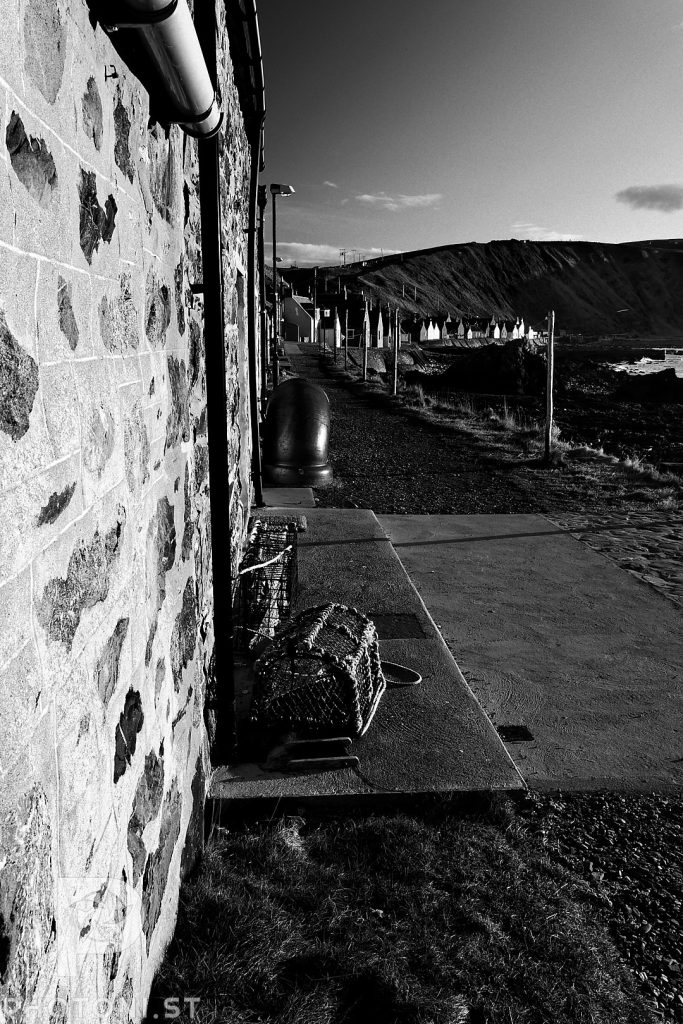I posted this photo last week as my contribution to Aminus3’s photo prompt: minimal. I thought I might as well explain it here.
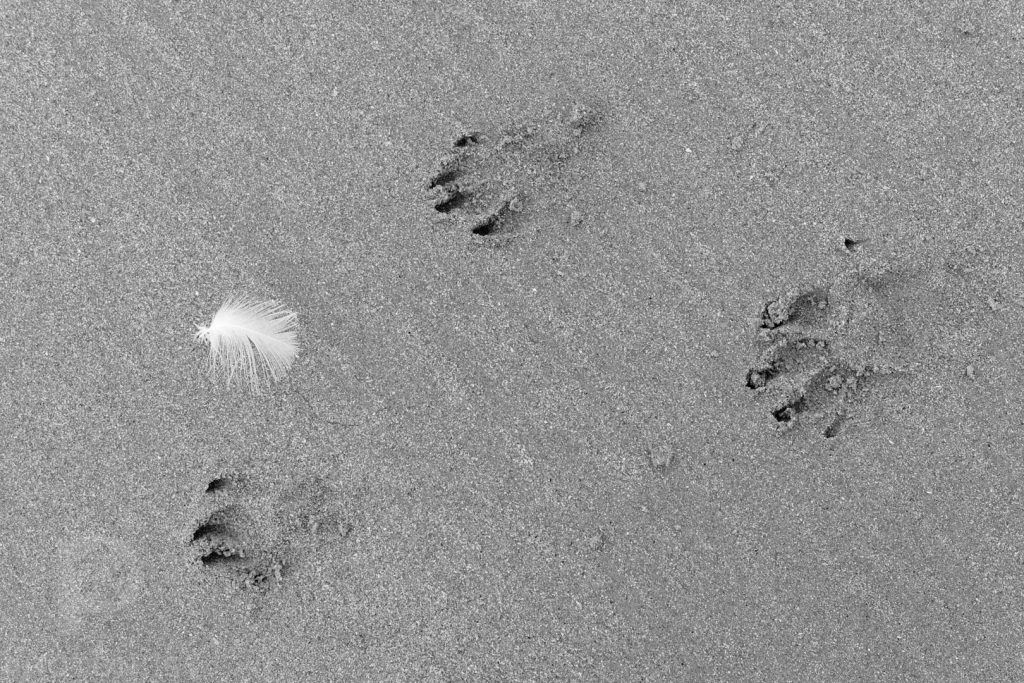
I posted this photo last week as my contribution to Aminus3’s photo prompt: minimal. I thought I might as well explain it here.

I took this photo in Paris on a November early morning. I published it in a note previously, but I thought it would be good to explain it.

I took this photo at an exhibition in the Quai Branly museum in Paris.
The line of headphones is what attracted me when I was walking from piece to piece in the exhibition (Hoda Afshar). They have nothing to do with the exhibition itself, they’re probably there in general, but when I saw them I knew I wanted to photograph them somehow.
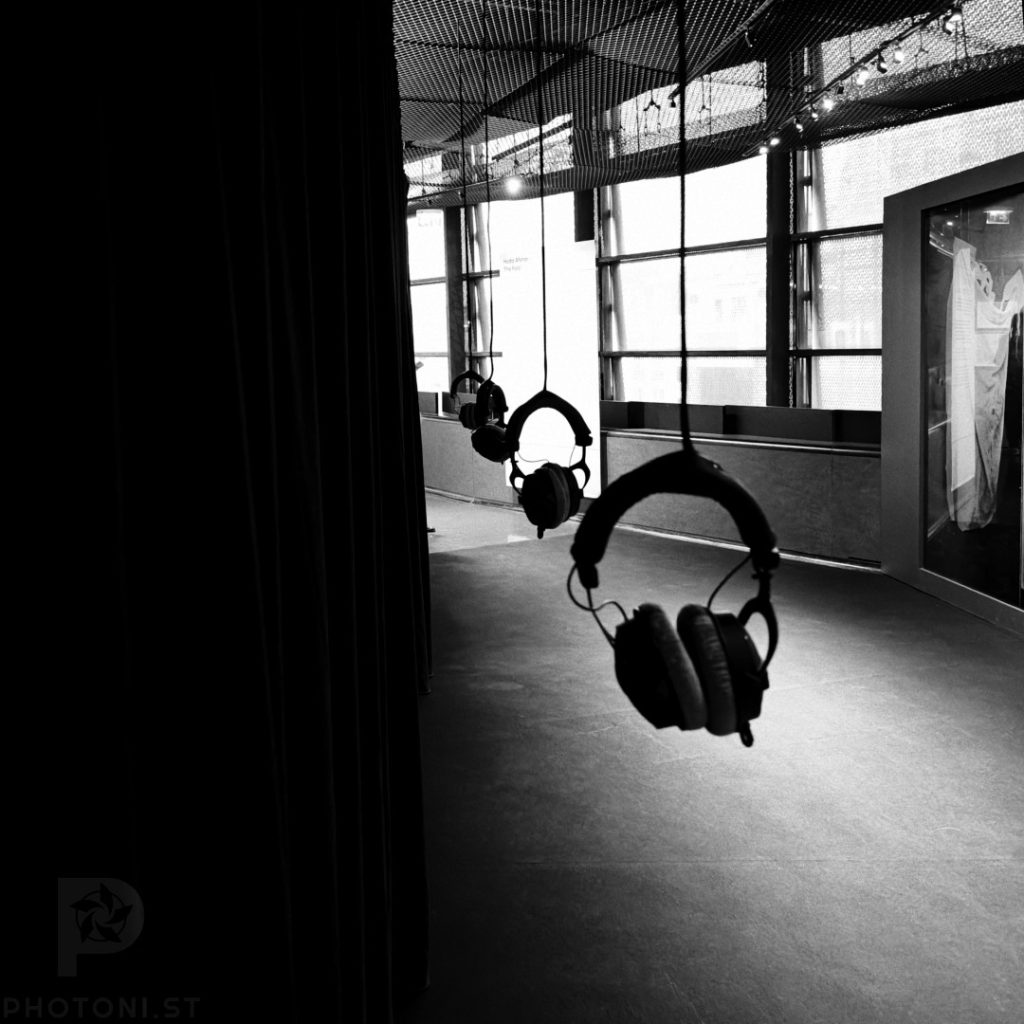
You’re at the doctor’s for a scheduled appointment. It’s heaving. Even more than usual. Apparently, the temporary secretary doesn’t know how to manage bookings and she books too many people at once. So what do you do? You take photos at the surgery of course!

I have taken thousands of photos at the beach in Scotland. I never seemed to get tired of it.
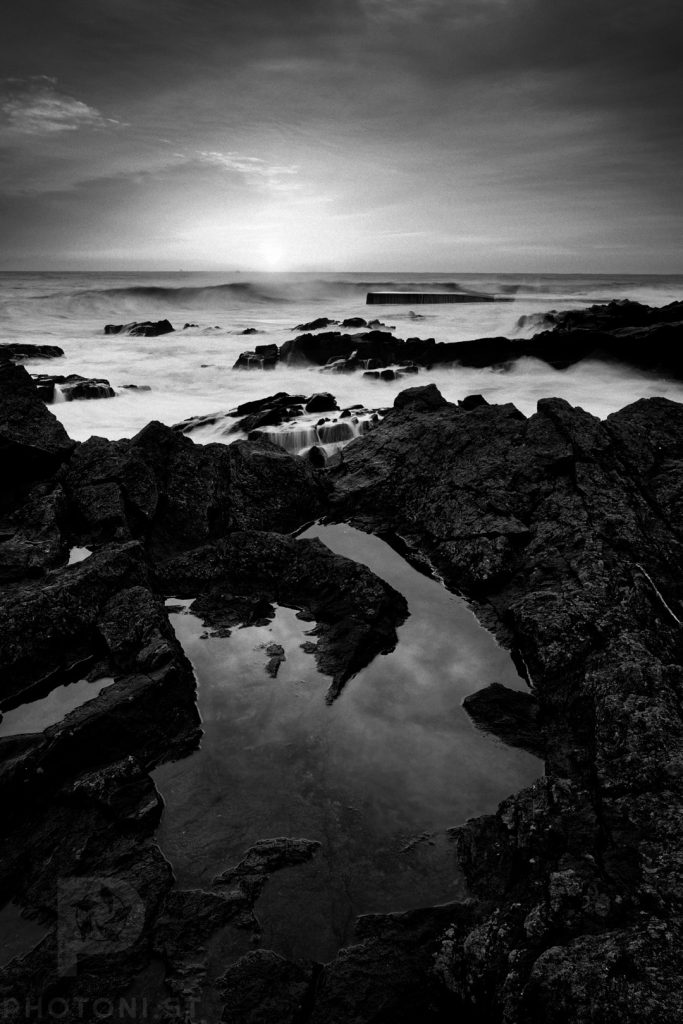
Further on the last photo, here is one of the photos I took during the day in bright sunlight.
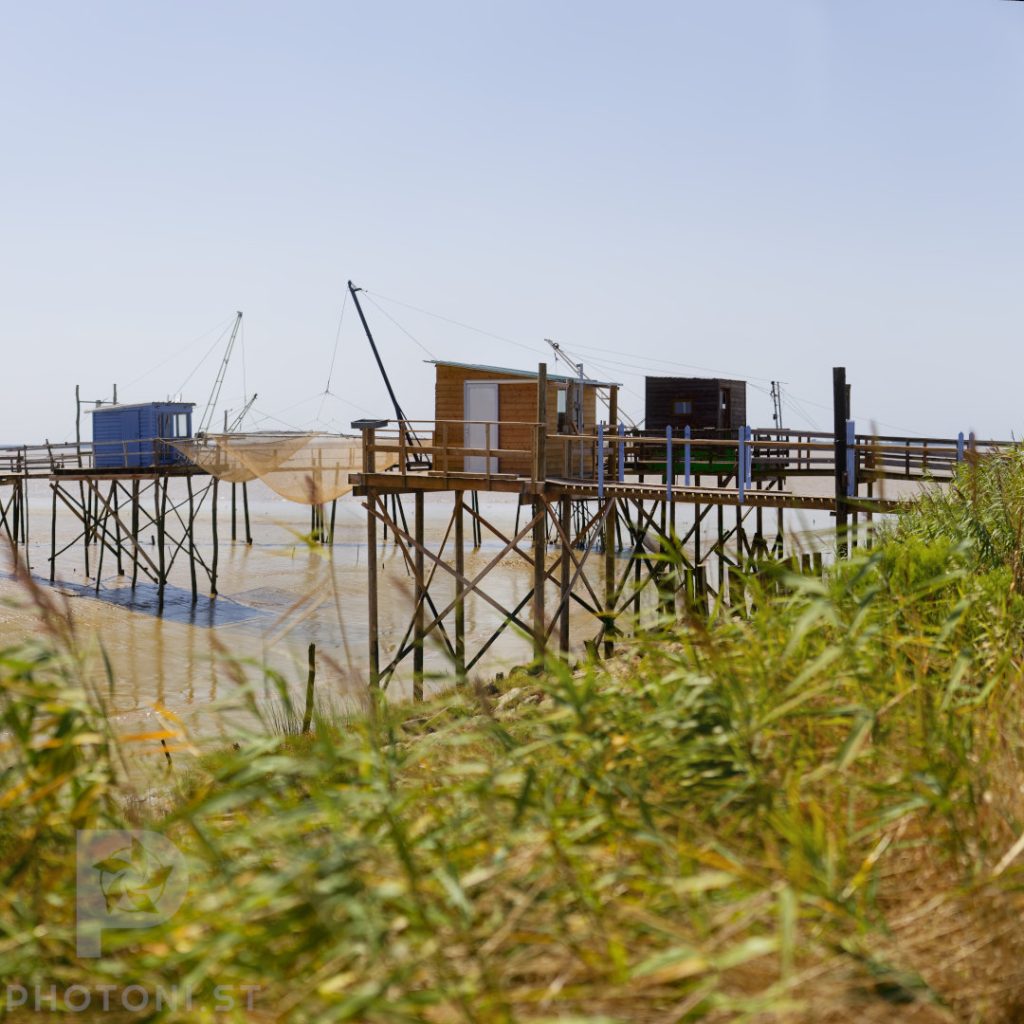
This is a return to my roots: a landscape with sunset colours. This is the sort of photos I was taking 20 ago.
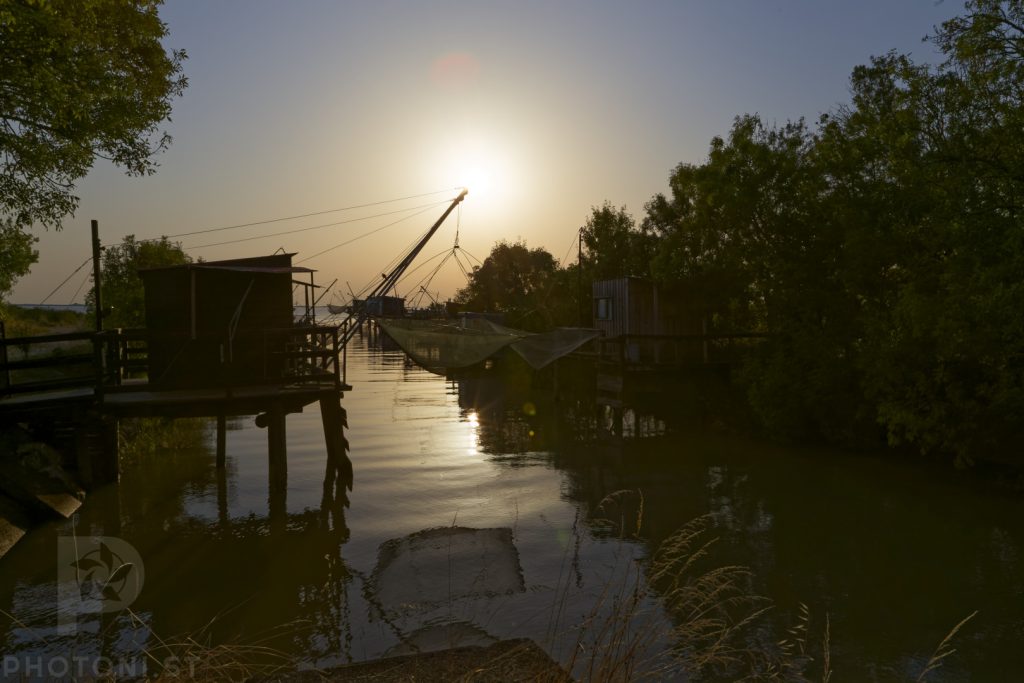
I took this photo in February 2006 in Montrose bay. It was a nice but freezing cold day that in Scotland results in very nice blue skies and intense warm colours due to the low sun.
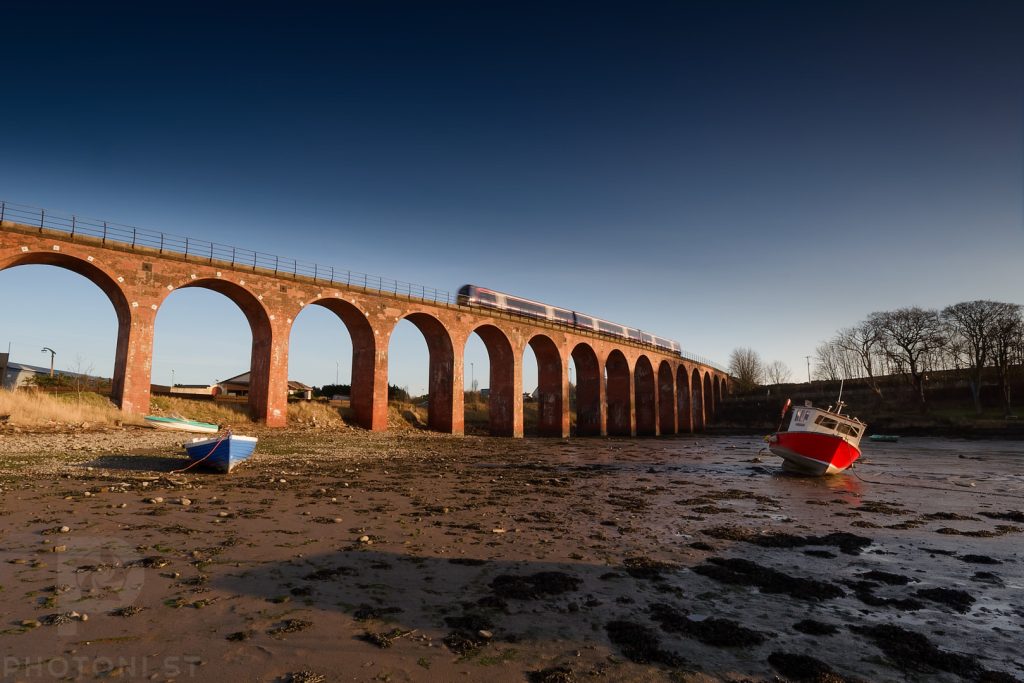
Sometimes, photos don’t need to be complicated. You’re on your way somewhere, and you’re struck by a sight that appeals to you. You might not be able to explain why. It just looks pleasant.
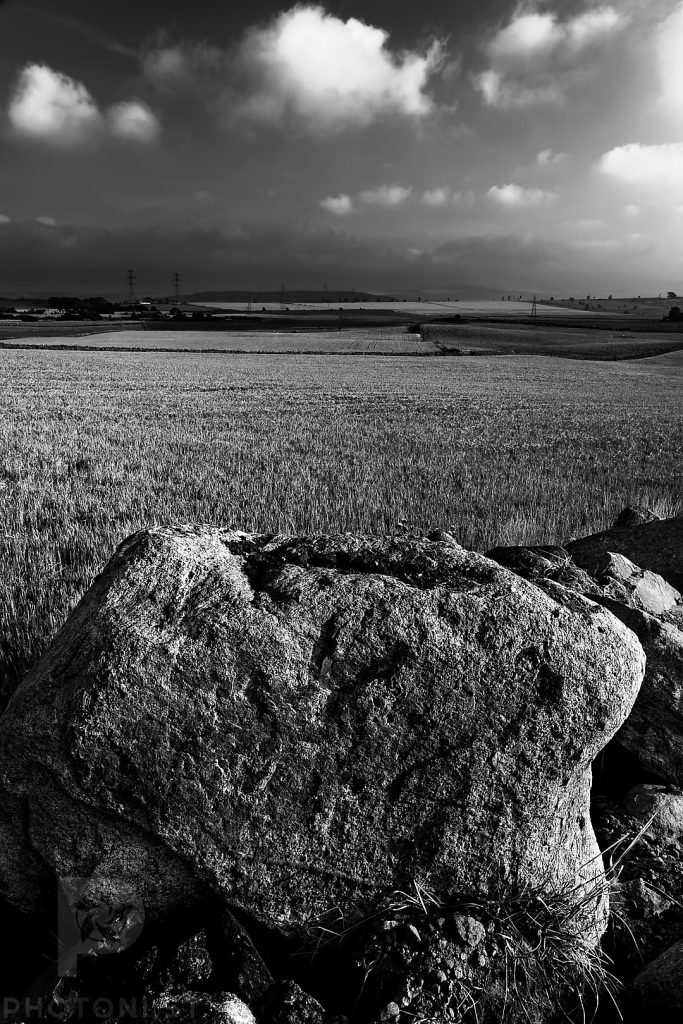
I took this photo in Crovie, on the Northern coast of Scotland. It’s a tiny fishing village stuck between a cliff and the sea.
